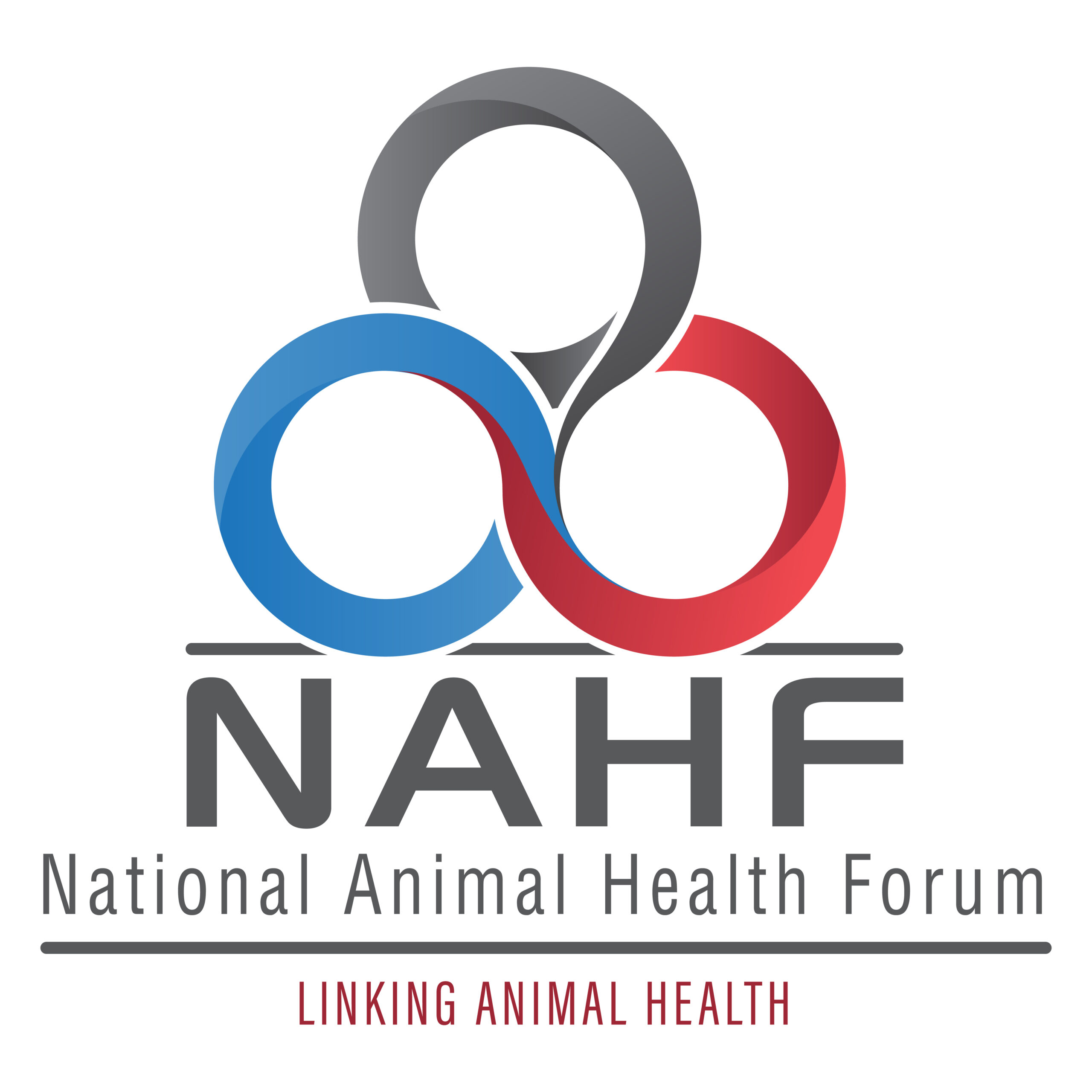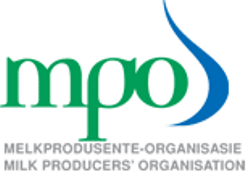
MPO POINTER 3/23 MARCH 2021
- Does more milk mean more money?
- Have negative farm economics in 2018, 2019, and 2020 wiped out reserves and capacity on milk farms?
- Is dialling down unprocessed milk production growth the best option in current conditions?
- Does the dairy value chain need a Bosberaad?
- DOES MORE MILK MEAN MORE MONEY?
The concept ‘more milk means more money’ reached South African shores from the United States (US) many years ago and seems to have become part of the primary industry’s DNA. The concept takes as a point of departure the principle that a marginal increase in yield that covers average fixed costs plus R1,00 is an indication that there is a margin and that consequently more milk means more money. However, the average variable cost is only partially covered, pointing to a limitation when this situation is prolonged. The accounting principle is sound, but the prolonged effect on the price level of unprocessed milk also needs to be factored in if we are to calculate the medium-term effect on profitability in the year of production and the next two years.
Let’s consider the situation over the past three years. In 2018, milk farmers produced 4,82% more unprocessed milk than in 2017. This level of production caused the milk price for farmers to drop by 18% in 2018. The price recovered by 10% in 2019, playing catch-up with price developments in the secondary and tertiary industries without really catching up. Unprocessed milk production more or less stagnated in 2019, growing by only 0,65%. In 2020, the price recovered by 11%, still playing catch-up with price developments in the secondary and tertiary industries, but not really catching up. Unprocessed milk production in 2020 stagnated, growing by a negative of 0,16%. During the three years from January 2018 to January 2021, approximately 20% of the milk farmers left the industry. That more milk means more money, in the context of the South African primary dairy industry, is a MYTH. (Sources: Stats SA and Milk SA)
- HAVE NEGATIVE FARM ECONOMICS IN 2018, 2019, AND 2020 WIPED OUT RESERVES AND CAPACITY ON MILK FARMS?
In 2018, the price of unprocessed milk dropped by 18%, while unprocessed milk production increased by 4,82% from 2017 to 2018. In 2019, the price of unprocessed milk increased by 10%, but unprocessed milk production increased by only 0,65%. In 2020, the price of unprocessed milk increased by 11%, while unprocessed milk production decreased by 0,16%.
From January 2018 to January 2021, approximately 20% of the milk farmers left the industry.
From 2018 to 2020, the production of unprocessed milk increased by a marginal 0,49%, with the price of unprocessed milk in December 2020 reaching the same level as in October 2017.
FACT
The following points indicate that reserves and capacity on milk farms have taken such a beating that they have in fact been wiped out:
- stagnation in unprocessed milk production over the past two years, despite high percentage price increases;
- the rate at which farmers are disinvesting in primary dairy;
- the volume drive in 2018 which was the result of the rapid reduction in the price of unprocessed milk and of the situation where milk farmers were producing more milk with thinner margins to maintain income levels;
- the unfavourable climatic conditions in certain parts of the country during 2018 to 2020; and
- the trend, over the same period, of selling milk heifers to feedlots.
- IS DIALLING DOWN UNPROCESSED MILK PRODUCTION GROWTH THE BEST OPTION IN CURRENT CONDITIONS?
The graph below is indicative of the strategies required in the primary dairy industry.
Figure 1 PPI unprocessed milk and dairy products and CPI milk, cheese, and eggs

(Source: Stats SA, Milk SA)
The market finds it difficult to employ strategies to adequately increase demand once unprocessed milk production increases by more than approximately 2,5% per year. The main result is that the producer price gets hammered. To grow unprocessed milk production by a thin growth margin of only 2% per year, spread over 500 000 lactating cows with constant climate changes, is almost impossible. Achieving this growth over a year works out to an increase of 36 mℓ of milk per cow per day. The extreme downside is that if you miss the mark and grow by, for example, 4% for the year, the milk price tanks and only recovers in plus two years (the graph depicts precisely this). Dialling milk production growth down in the current market dispensation is the best option. Through in uncertainty regarding dairy demand, and you got the answer – FACT. Reduce the herd tail, focus on high-performing animals and reduce viability risk by decreasing the cow-stocking ratio per hectare.
- DOES THE DAIRY VALUE CHAIN NEED A BOSBERAAD?
Although many touch points exist in the dairy value chain, there seems to be room for a kaalkop workshop, where all parties discuss the complexities of the market space they operate in. In the process, common ground would be discovered and, just maybe, new initiatives to improve sustainability and profitability levels that would plug the current disinvestment in the primary dairy industry. The bosberaad would be facilitated within the parameters of the Competition Act (89 of 1998).
Bertus van Heerden, chief economist, Milk Producers’ Organisation (MPO)
Published on Wednesday, 24th March 2021 - 13:11
Recent Posts
disclaimer









